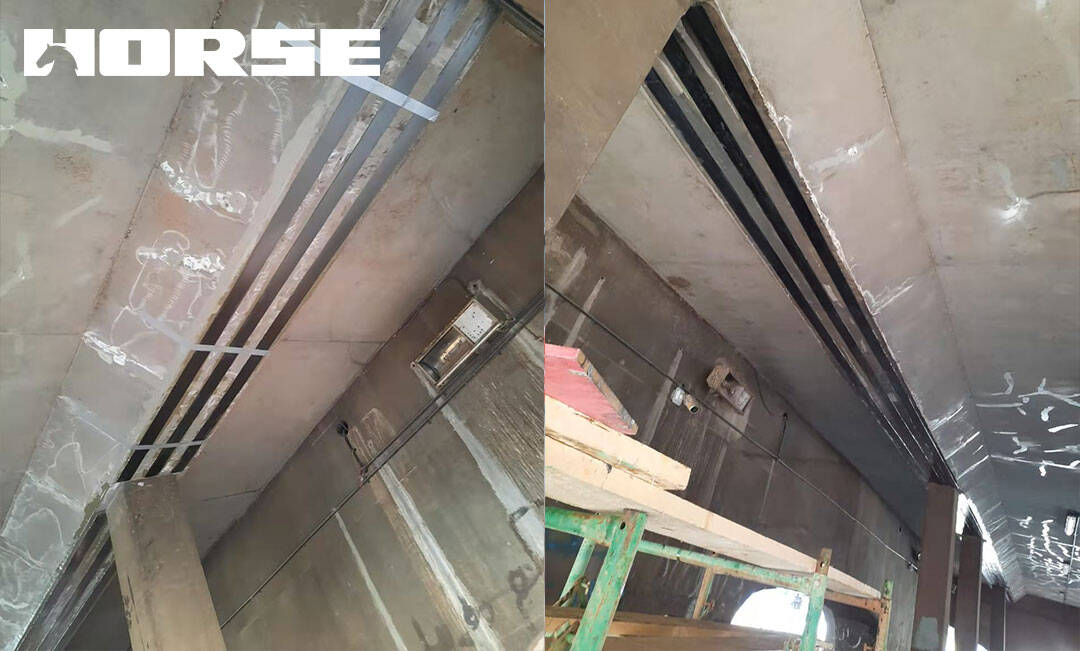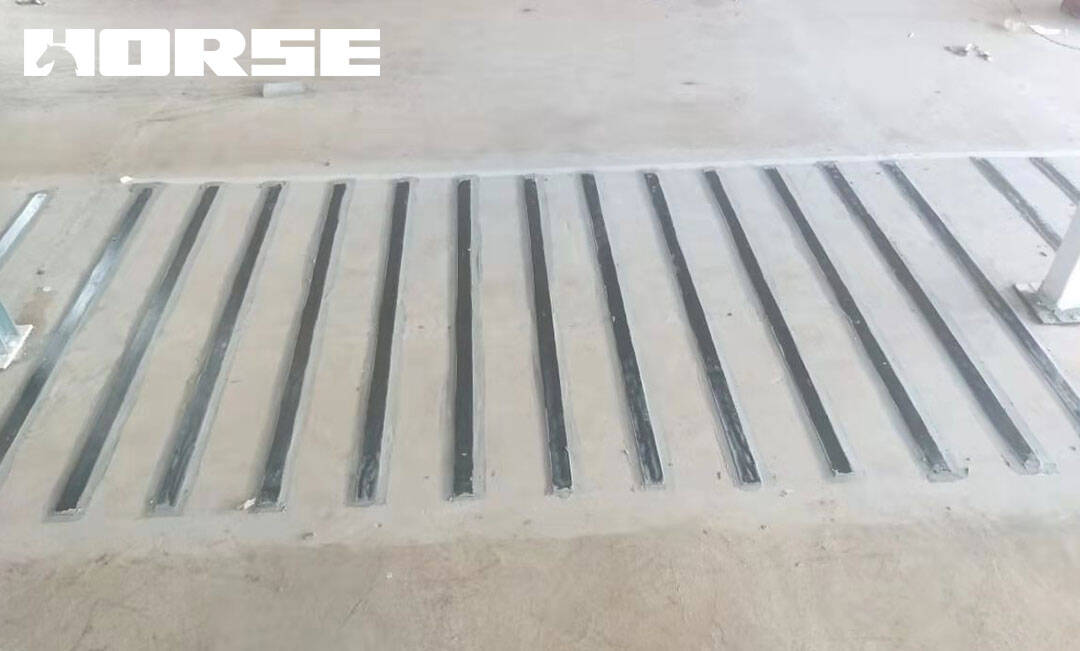Solutions
Horse Construction offers full range of structural strengthening materials with technical supports, documentation supports, products supports, project supports.
Fiber Reinforced Polimer for Structural Strengthening

Structural problems in buildings:
There are many types of problems that may exist in the structure of the building, and they can be classified according to their stages.
Designed
Corresponding to the planning stage, this may be due to the lack of interdisciplinary coordination between professionals on each subject, errors in the design of the rebar, unpredictable loads, and inefficient planning. This may cause cracks and ruptures of structural elements (columns, slabs, beams), and even in the face of extreme events such as earthquakes, it may also lead to a sense of insecurity in the building.
Constructive
They correspond to the execution phase, and there are multiple reasons that can independently or jointly lead to structural problems in the future or in the execution process. These include constructions that do not comply with the instructions in the plan due to poor quality of materials (steel, concrete, formwork), site modifications to the plan without consulting experts, and lack of control by technical personnel.
Services
Although the construction of the building has been completed, the project has not yet been completed because the service and maintenance phase has already begun. The service and maintenance of the new building must be the responsibility of the owner, who must ensure that the load and environmental use are the same as indicated in the project plan.
Possible service problems are due to lack of maintenance, changes in intended use, etc.
Repair and reinforcement technology:
Due to any of the above reasons, structural problems may suddenly appear during the execution phase or the service phase.
In view of this, it is necessary to implement structural solutions based on currently available technologies, resulting in this new type of project, repair and/or reinforcement project.
The best repair and/or reinforcement projects must be performed by professionals with experience in the field, using materials that guarantee the quality of the work and applying appropriate methods according to the specific situation.
In order to properly select the repair and/or reinforcement system for structural components, it is essential to first determine the cause of the problem. Knowing the real reason will enable us to make appropriate decisions about the maintenance and/or hardening of the system to be planned.
The following are some of the latest technologies in the field of rehabilitation and reinforcement:

FRP (Fiber Reinforced Polimer) system: It is composed of a polymer fiber-based compound and has a variety of uses; ideal for strengthening reinforced concrete and masonry.
The manufacture of this material is based on a composite material between two materials. The first is based on a carbon microfiber fabric with a diameter of 0.005-0.010 mm, and the second component is epoxy resin, which can be used as a binder to maintain the integrity of the network structure. Overall, it can also protect the fiber from corrosion.
The application of this system can improve the resistance performance of reinforced concrete components, and improve its resistance performance according to the direction of the fiber. In its application, we have:
In the column:
-Improve shear resistance.
-Improve axial capacity.
-Improved ductility.
-Improved the length of the joint to prevent the column with insufficient steel joints from failing to bond.
In the beam:
-Improve shear resistance.
-Improve flexural strength.
In the slab:
-Improve shear resistance.
-Improve flexural strength.
On the wall (concrete or masonry structure):
-Improve flexural strength.
-Improved resistance to cutting on a flat surface.
Advantages of FRP system:
-Light weight. Due to the light weight of carbon fiber (200 to 600 gr/m2), FRP tapes and/or plates are excellent for reinforcing structures because they do not increase mass or acting load and are structurally ideal.
-Fast application. Although the application process of the system is strict in quality, it is fast and easy to apply, from the preparation of the surface and the concrete substrate, the saturation of the fiber to the application of the system.
-They are less intrusive than traditional processes that widen reinforced concrete cross-sections or include metal elements that remove and/or occupy previously free areas. The FRP system does not take up much space and does not need to modify or dismantle existing parts (as long as they are in good condition).
You can find anything here you are in need of, have a trust trying on these products, you will find the big difference after that.

High strength carbon fiber reinforced polymer (CFRP) strip / laminate / plate for structural strengthening and concrete repair

Prestressed carbon fiber reinforced polymer(CFRP) plate for slab, beam strengthening to increase stiffness, reduce distortion and deflection of members, reduce the cracks, avoid and stop cracking.

High strength, unidirectional carbon fiber sheet pre-saturated to form a carbon fiber reinforced polymer (CFRP) sheet used to strengthen structural concrete elements.